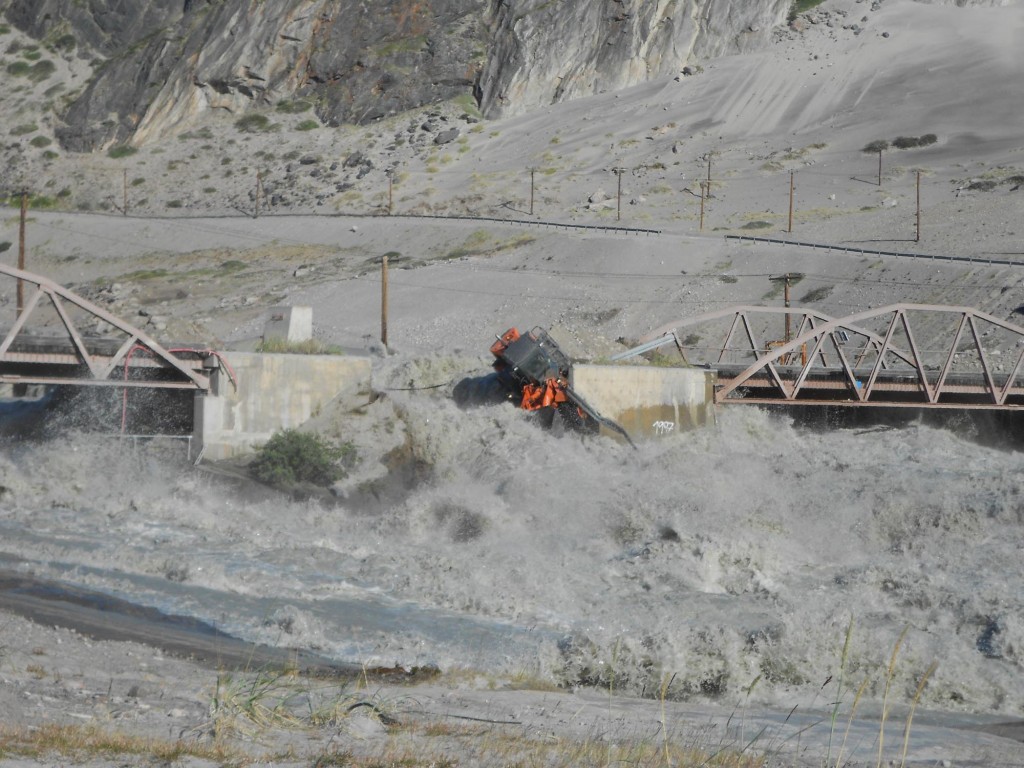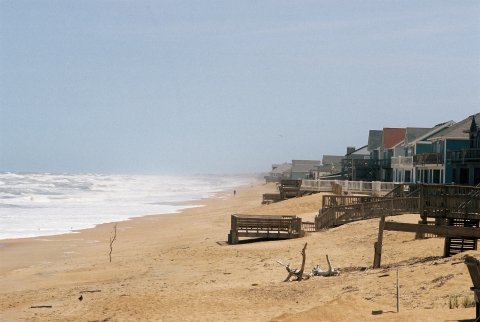Guest commentary by Darrell Kaufman (N. Arizona U.)
In a major step forward in proxy data synthesis, the PAst Global Changes (PAGES) 2k Consortium has just published a suite of continental scale reconstructions of temperature for the past two millennia in Nature Geoscience. More information about the study and its implications are available at the FAQ on the PAGES website and the datasets themselves are available at NOAA Paleoclimate.
The main conclusion of the study is that the most coherent feature in nearly all of the regional temperature reconstructions is a long-term cooling trend, which ended late in the 19th century, and which was followed by a warming trend in the 20th C. The 20th century in the reconstructions ranks as the warmest or nearly the warmest century in all regions except Antarctica. During the last 30-year period in the reconstructions (1971-2000 CE), the average reconstructed temperature among all of the regions was likely higher than anytime in at least ~1400 years. Interestingly, temperatures did not fluctuate uniformly among all regions at multi-decadal to centennial scales. For example, there were no globally synchronous multi-decadal warm or cold intervals that define a worldwide Medieval Warm Period or Little Ice Age. Cool 30-year periods between the years 830 and 1910 CE were particularly pronounced during times of weak solar activity and strong tropical volcanic eruptions and especially if both phenomena often occurred simultaneously.
[Read more…] about The PAGES-2k synthesis
References
- . , "Continental-scale temperature variability during the past two millennia", Nature Geoscience, vol. 6, pp. 339-346, 2013. http://dx.doi.org/10.1038/ngeo1797


